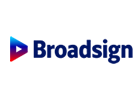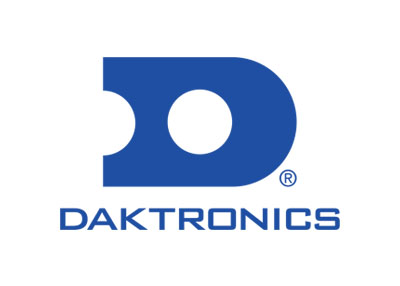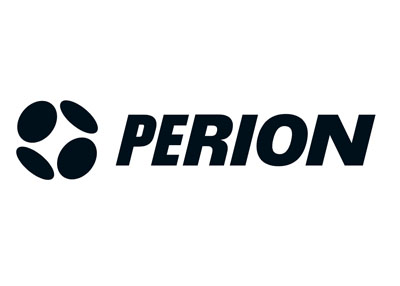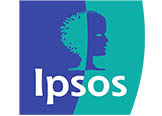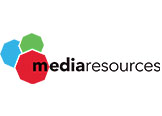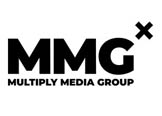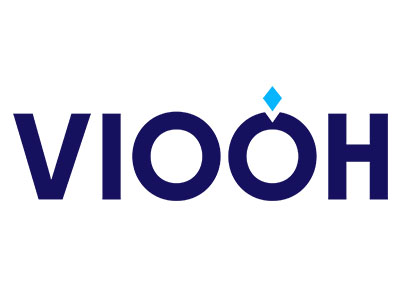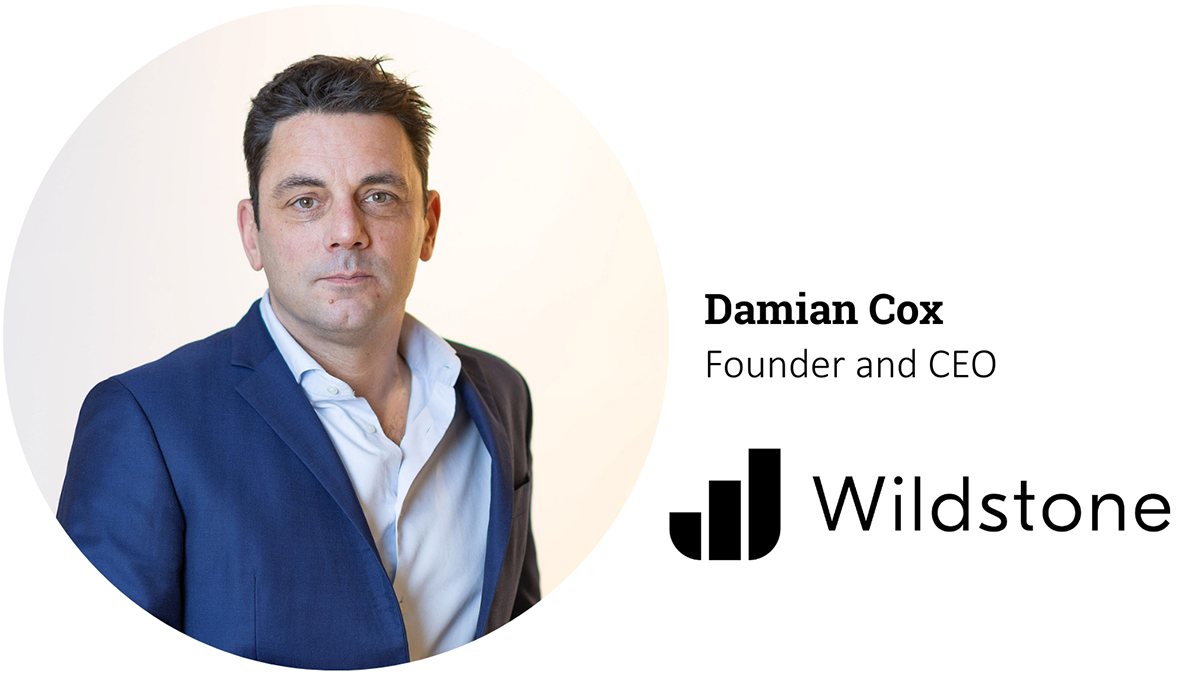
Damian Cox, Founder and CEO of Wildstone, says the cost of digitising billboards is a barrier to many asset owners, and that a split between ownership and sales could be the way forward.
As one of the oldest forms of advertising, the exact origins of billboards are somewhat unclear and have been the source of some debate. But there can be little disagreement that outdoor advertising has moved on dramatically since the early days of posted-up flyers advertising local businesses.
The industry now has at its disposal extremely sophisticated digital billboards that provide the opportunity for massively increased and more targeted advertising when compared with static boards.
Paper posters no longer need to be replaced every two weeks with each new advertising cycle or campaign. That’s not to say this is no longer happening. It is, of course, on a huge scale and I’m by no means saying classic boards don’t still have their place – we own many ourselves.
The digitisation challenge
But a big part of Wildstone’s mission is to digitally transform the sector. The obvious barrier to greater implementation of digital boards is cost, and this goes some way to explaining why even an advanced OOH market such as the UK still has a greater number of static boards than digital ones.
Most media operators are extremely savvy and can easily see the additional sales potential of digital boards. Many would want nothing more than to scrap their classic boards and replace them with digital versions, but they lack the capital, resources and expertise to manage this process themselves.
We first saw the potential to speed up the industry’s upgrade by splitting out the ownership of assets and the media sales about a decade ago. We figured if we could acquire sites from media owners and provide the capex and expertise needed to digitise the sites, we could then lease them back to those same operators.
Today those operators are able to focus on their core business of selling OOH advertising, with greater revenue now on offer thanks to the newly digitised sites. They sell more advertising, we earn money from leasing the property to them; it’s a win-win.
The sale-and-leaseback model has long been common in industries such as transportation, aerospace, telecoms and traditional real estate, so why not OOH?
This model has now achieved enormous success in the UK, where Wildstone has acquired and digitised more than 1,000 outdoor media panels over the past four years, facilitating the growth of several key media operators along the way.
Revenue driver
Sale and leaseback is not something that will work for every operator, and there will always be those that prefer to retain ownership of their assets. Where this is the case, we have developed other ways of working with owners to help them upgrade - it’s not the only business model we operate.
Still, we believe this approach has significant potential for further expansion, particularly in our newer markets such as Spain, Australia, and Germany. Early success in these regions has reinforced the value of separating asset ownership from media sales. The opportunity to unlock capital, upgrade infrastructure, and boost revenue for media operators exists globally – the industry is still closer to the start of its digitisation journey than the end.
About Wildstone
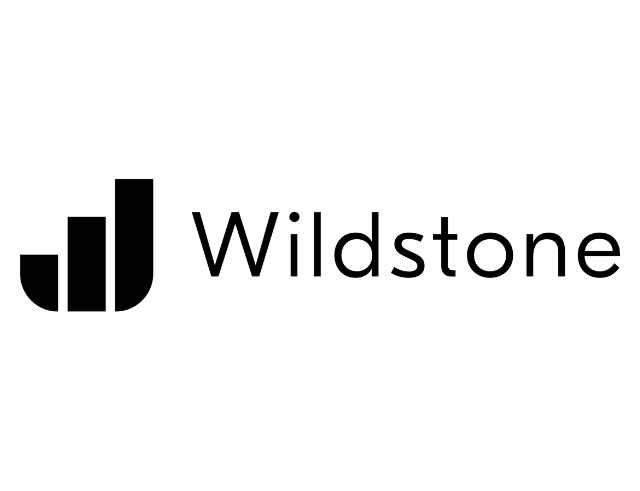
Wildstone is the largest owner of outdoor media infrastructure in the world, currently operating across the UK, Europe, and Australia. The company’s portfolio of over 5,400 out-of-home advertising assets includes digital advertising screens in a variety of formats, classic billboards, and super premium digital sites.
Wildstone partners with media operators by offering new OOH locations as well as expertise and capital investment needed to digitise sites. This collaboration enables media owners to accelerate growth, boost revenue, and concentrate on their core business of selling OOH advertising.
Wildstone is shaping the future of outdoor advertising through the digitisation of out-of-home assets.
Visit www.wildstone.co.uk to find out more.


